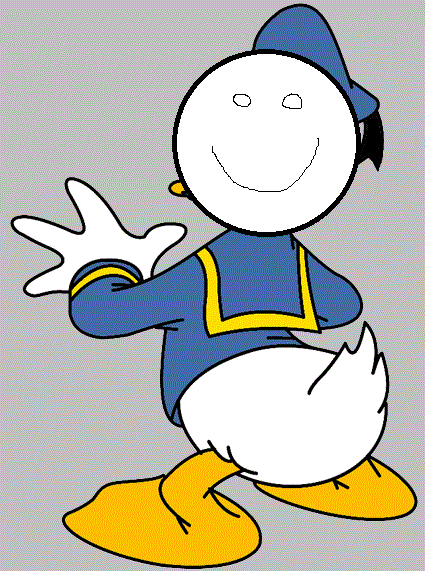
Sciatica
By Dr. Clifford Yun, PT, DPT
The term sciatica is often synonymous with lower back pain. However; sciatic nerve pain is not always a result of a lower back pathology. The inflammation of the nerve can occur at the lower back as well as anywhere along the pathway of the sciatic nerve. It is important to evaluate the full lumbar and hip to make sure the symptom reduces and is then prevented from returning again.
After the nerves of the spinal cord leave the lumbar they begin to weave their way down our leg from the buttock to the toes. This makes the sciatic nerve the longest in the body. The piriformis muscle and several other posterior (rear) hip muscles cover the sciatic nerve as it goes through the pelvis descends the limb.


As the muscles of the posterior hip get tighter they can compress the Sciatic nerve and produce the "pins and needles" symptom. Other common complaints of sciatica are numbness, fullness, and a deep dull ache.

Although a pain in the buttock or hip is a sign of sciatica the origin of the pain may not be the muscles of the posterior hip. The disc space between the lumbar vertebrae can also pinch upon the sciatic nerve and produces the radiating symptoms. This is called a bulging or herniated disc.
The general tightness of the hip flexors and hamstrings can pull the pelvis forward and then cause the pinching of the nerves at the spine level. Often we can find there is also a lower abdominal weakness present causing the pelvis to pull forward and the back to overextend, like a certain cartoon duck.
If you have pain, weakness, and other symptoms related to this topic call 212-956-2900 or go to the Contact section of our webpage for an appointment.
For more information on discs and vertebrae see our section on Back Pain.
Here are some videos on stretching for sciatica and general hip pain.



